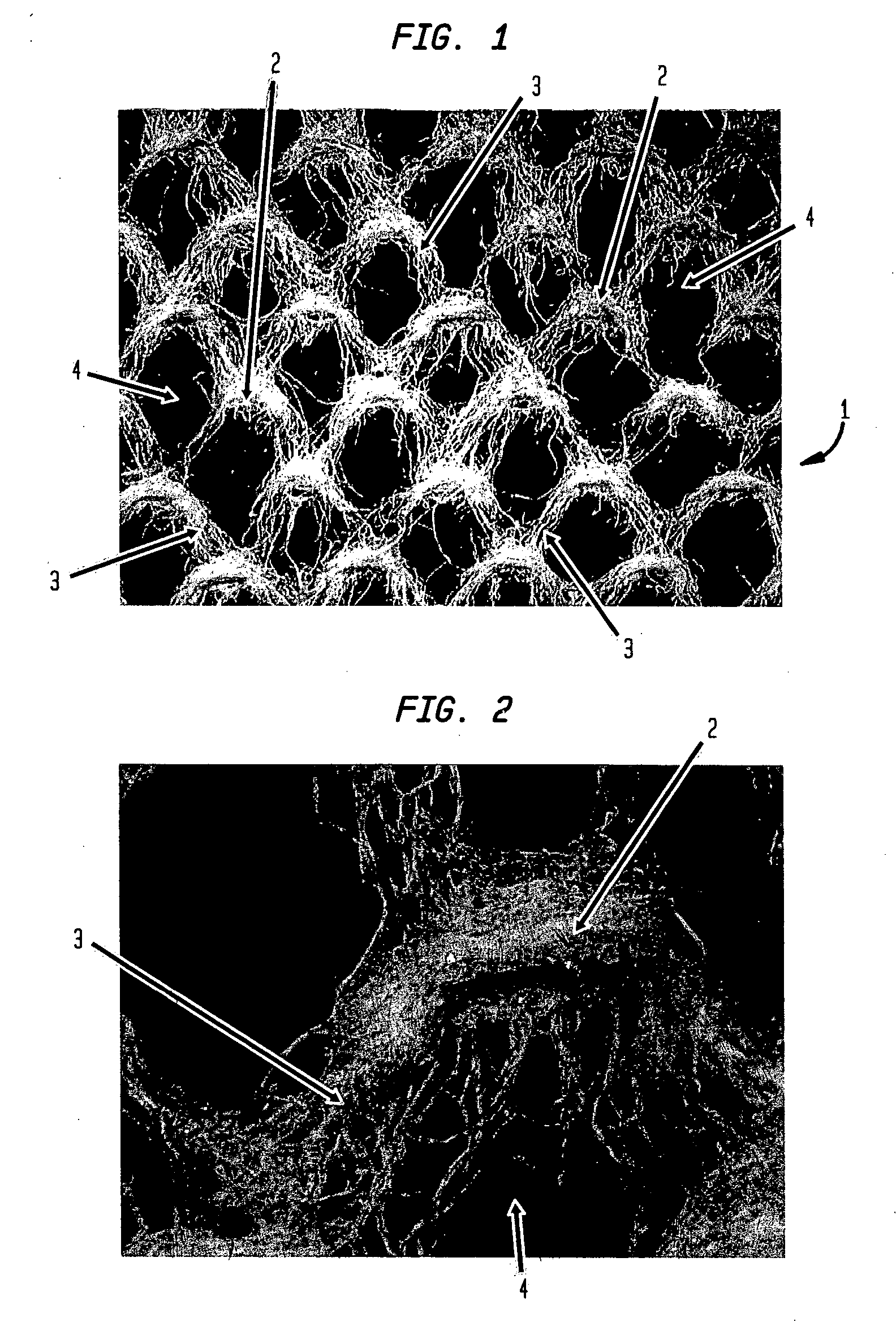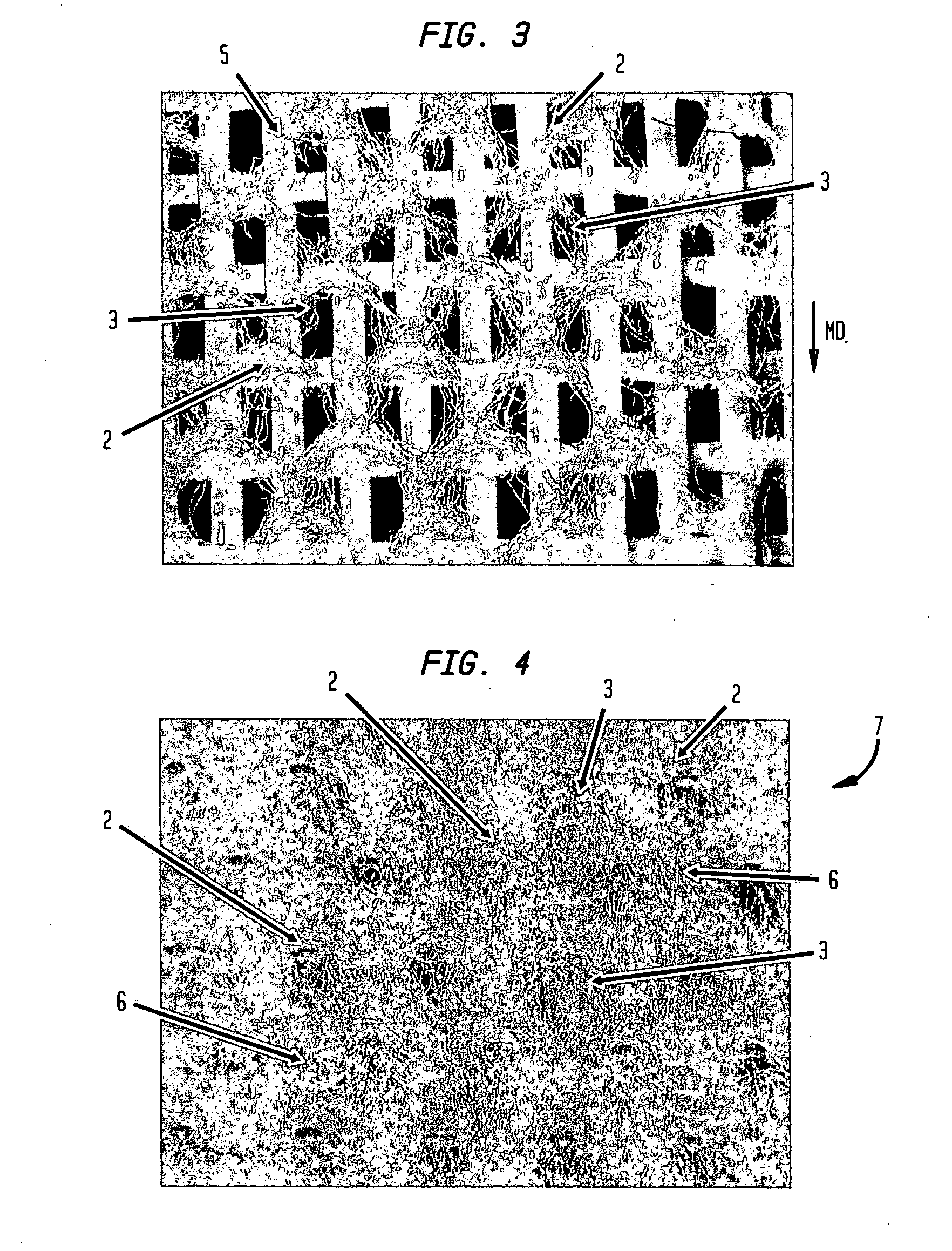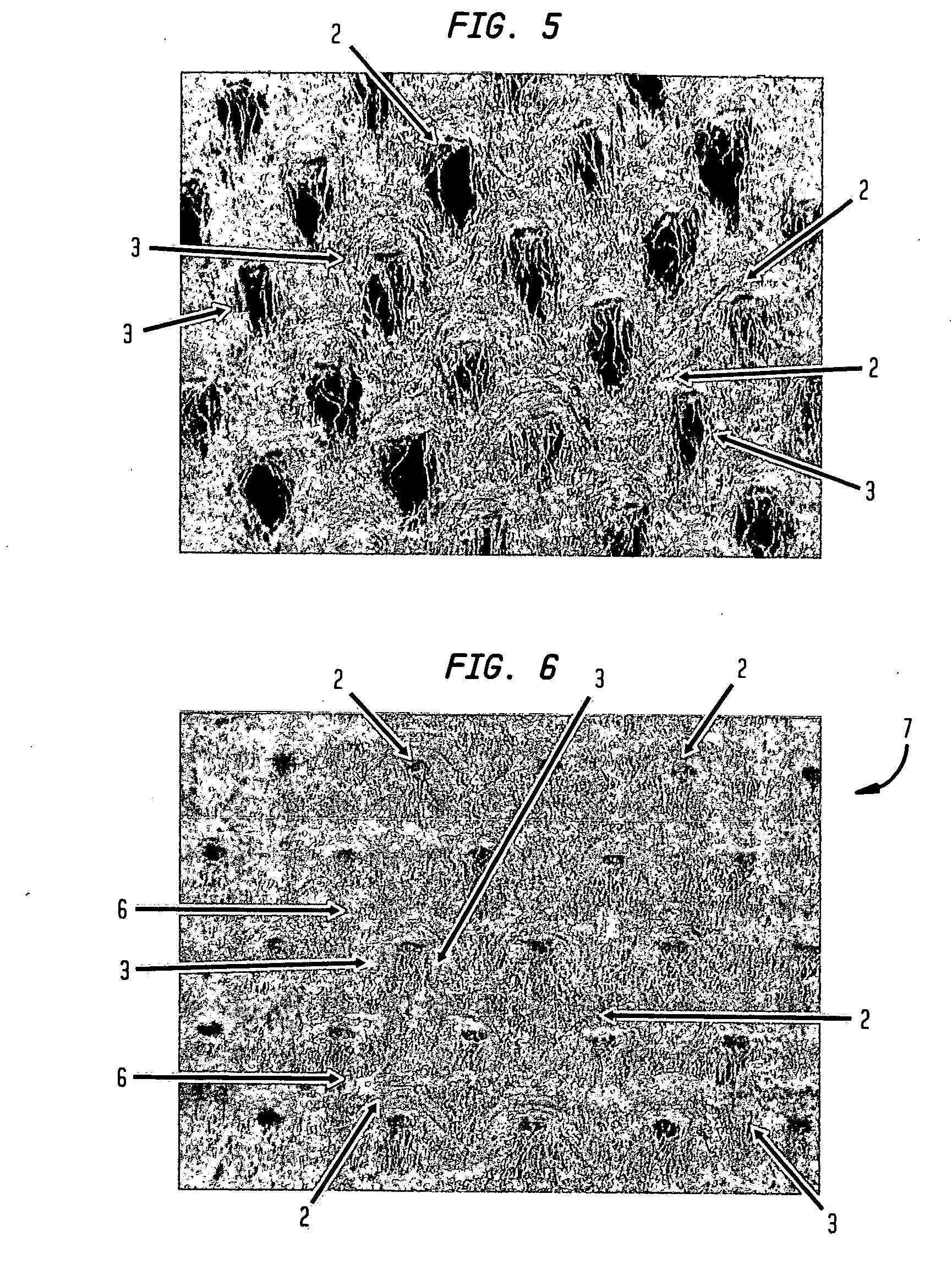High solids fabric crepe process for producing absorbent sheet with in-fabric drying
a fabric crepe and absorbent sheet technology, applied in the direction of non-fibrous pulp addition, drying, lighting and heating apparatus, etc., can solve the problems of affecting the operation of the fabric crepe process, affecting the effect of the fabric crepe, and difficulty in effectively transferring a web of high or intermediate consistency, etc., to achieve the effect of elevating the absorbency
- Summary
- Abstract
- Description
- Claims
- Application Information
AI Technical Summary
Benefits of technology
Problems solved by technology
Method used
Image
Examples
Embodiment Construction
[0039] The invention is described below with reference to several embodiments. Such discussion is for purposes of illustration only. Modifications to particular examples within the spirit and scope of the present invention, set forth in the appended claims, will be readily apparent to one of skill in the art.
[0040] Terminology used herein is given its ordinary meaning consistent with the exemplary definitions set forth immediately below.
[0041] Throughout this specification and claims, when we refer to a nascent web having an apparently random distribution of fiber orientation (or use like terminology), we are referring to the distribution of fiber orientation that results when known forming techniques are used for depositing a furnish on the forming fabric. When examined microscopically, the fibers give the appearance of being randomly oriented even though, depending on the jet to wire speed, there may be a significant bias toward machine direction orientation making the machine d...
PUM
| Property | Measurement | Unit |
|---|---|---|
| weight | aaaaa | aaaaa |
| weight | aaaaa | aaaaa |
| diameter | aaaaa | aaaaa |
Abstract
Description
Claims
Application Information
 Login to View More
Login to View More - R&D
- Intellectual Property
- Life Sciences
- Materials
- Tech Scout
- Unparalleled Data Quality
- Higher Quality Content
- 60% Fewer Hallucinations
Browse by: Latest US Patents, China's latest patents, Technical Efficacy Thesaurus, Application Domain, Technology Topic, Popular Technical Reports.
© 2025 PatSnap. All rights reserved.Legal|Privacy policy|Modern Slavery Act Transparency Statement|Sitemap|About US| Contact US: help@patsnap.com



